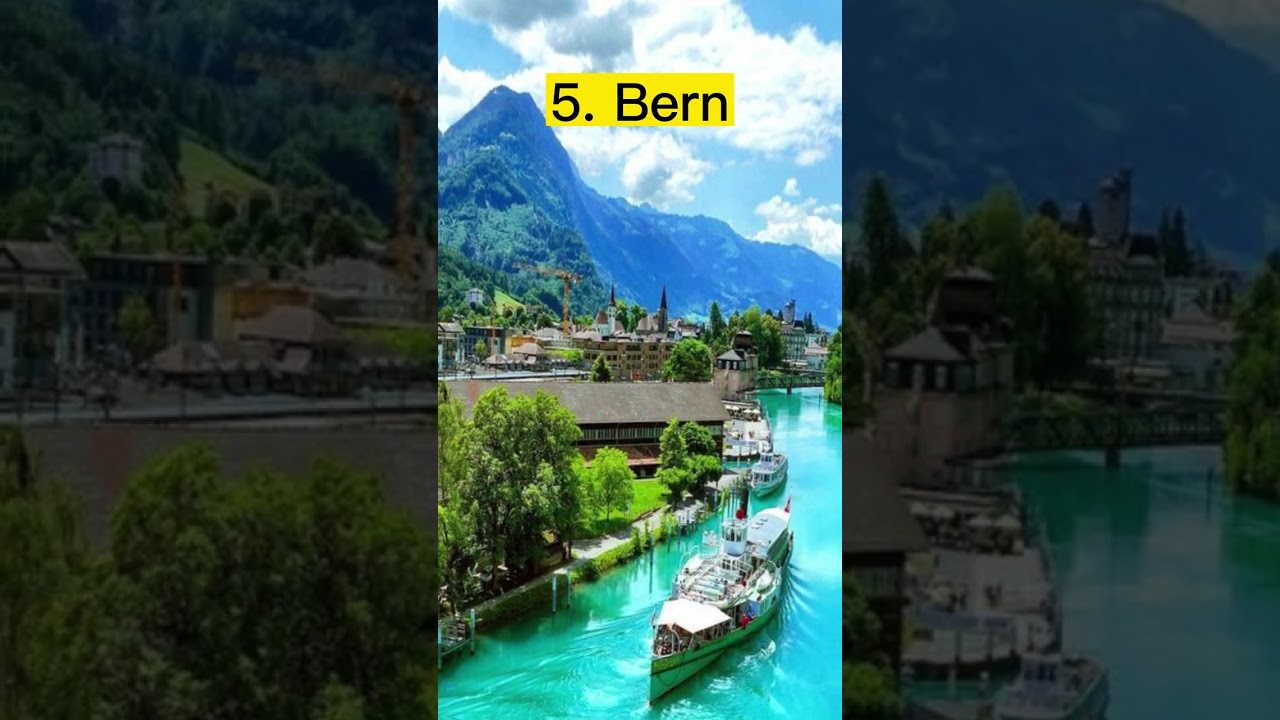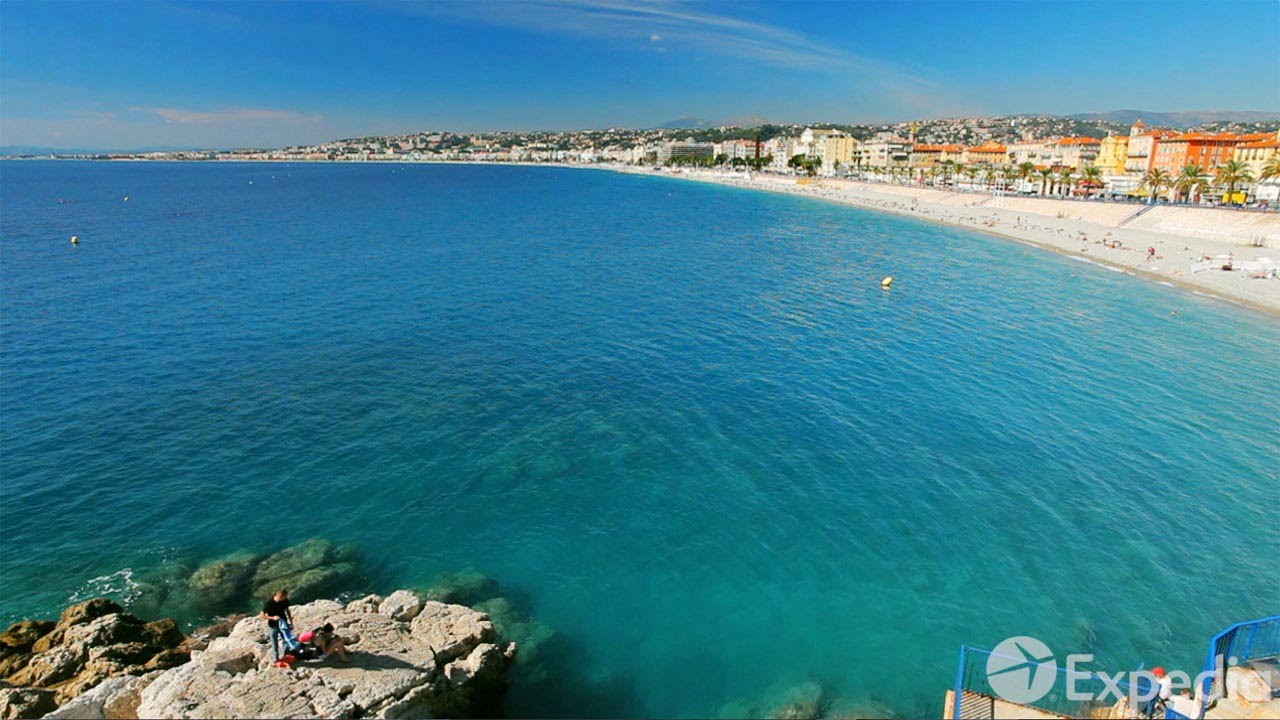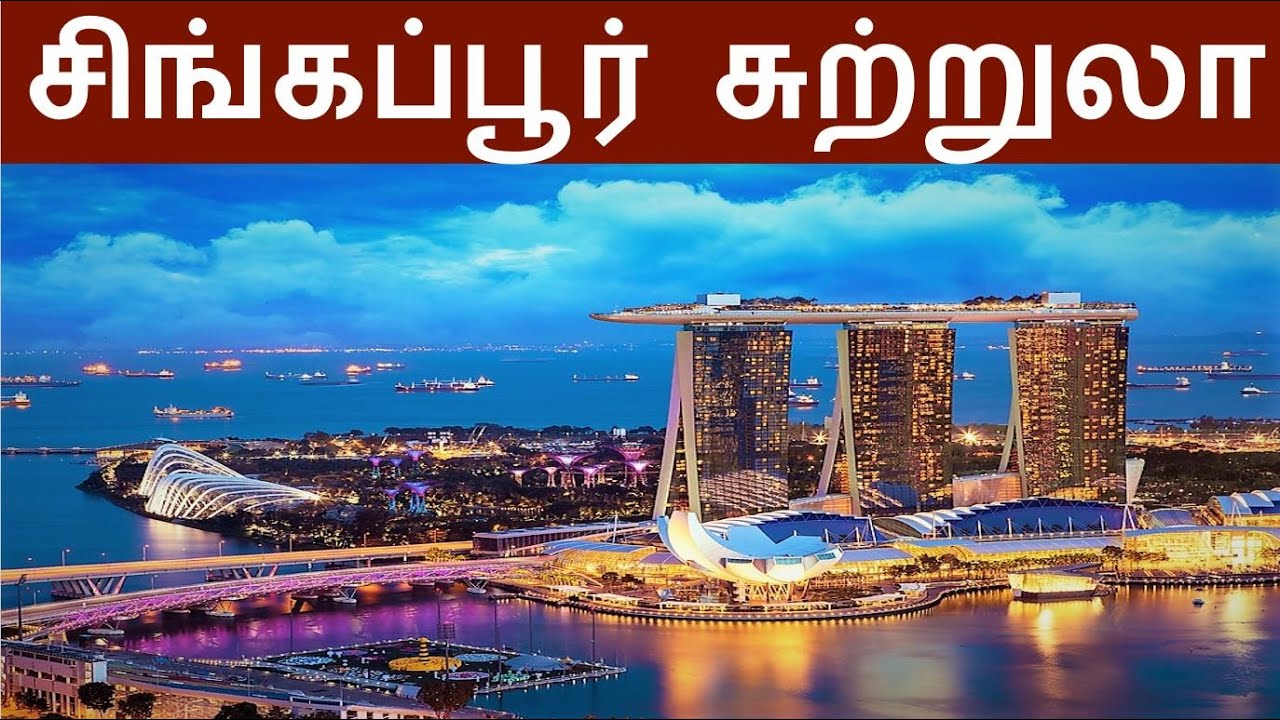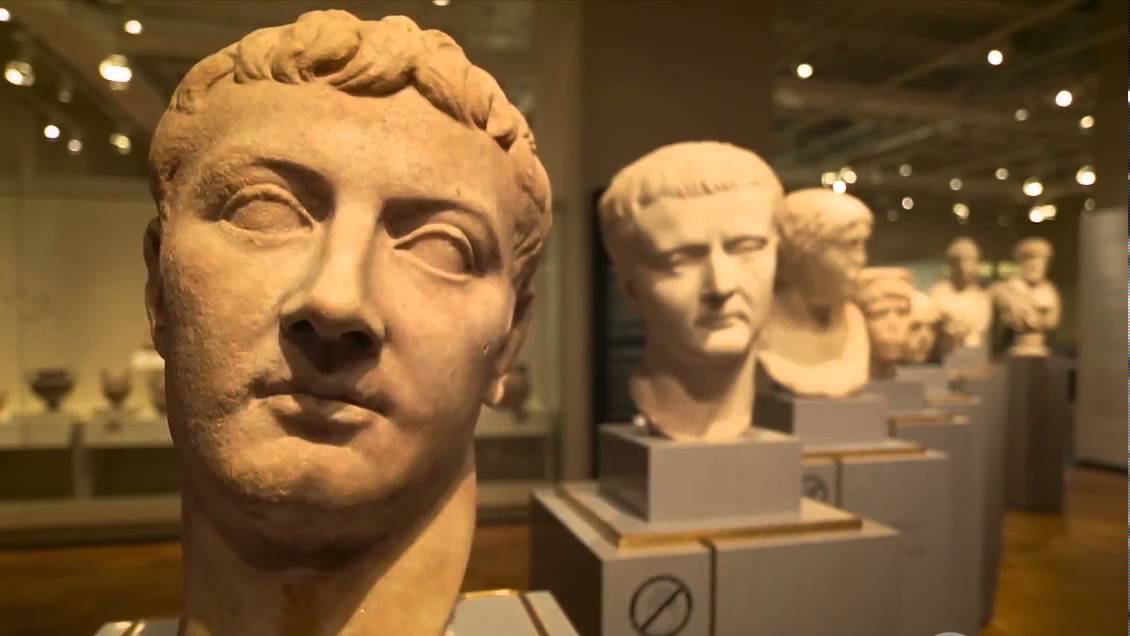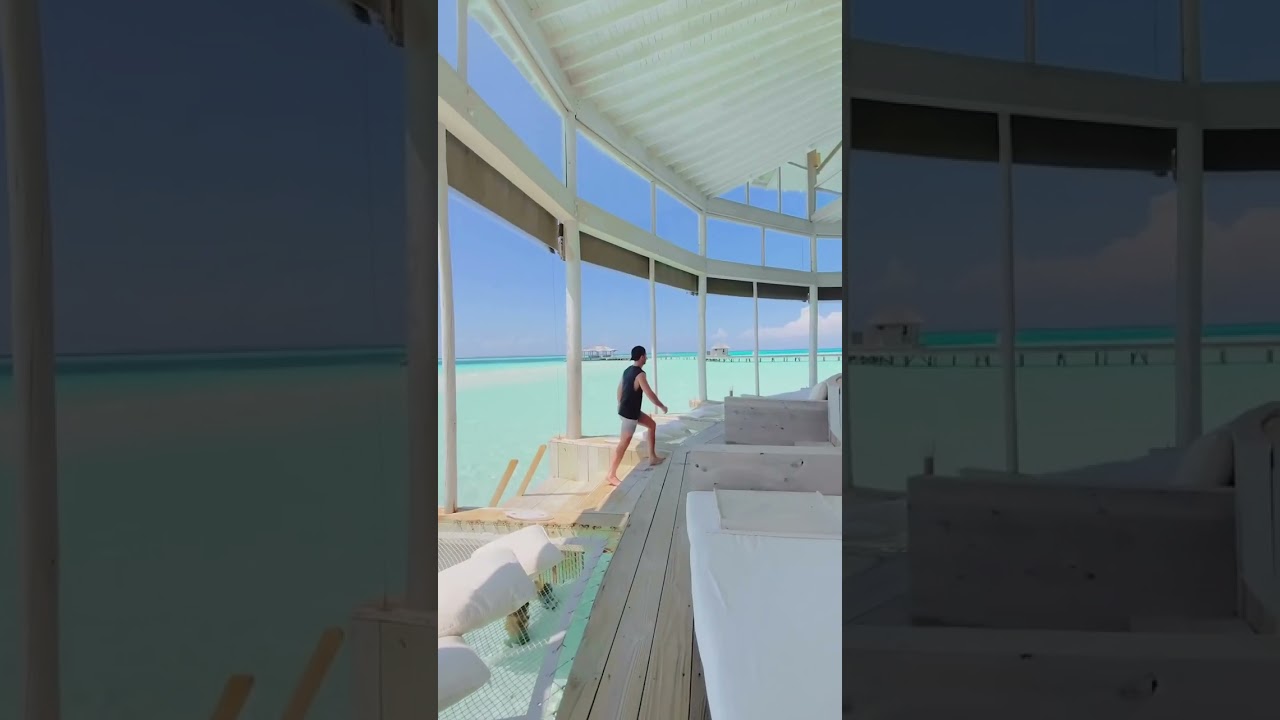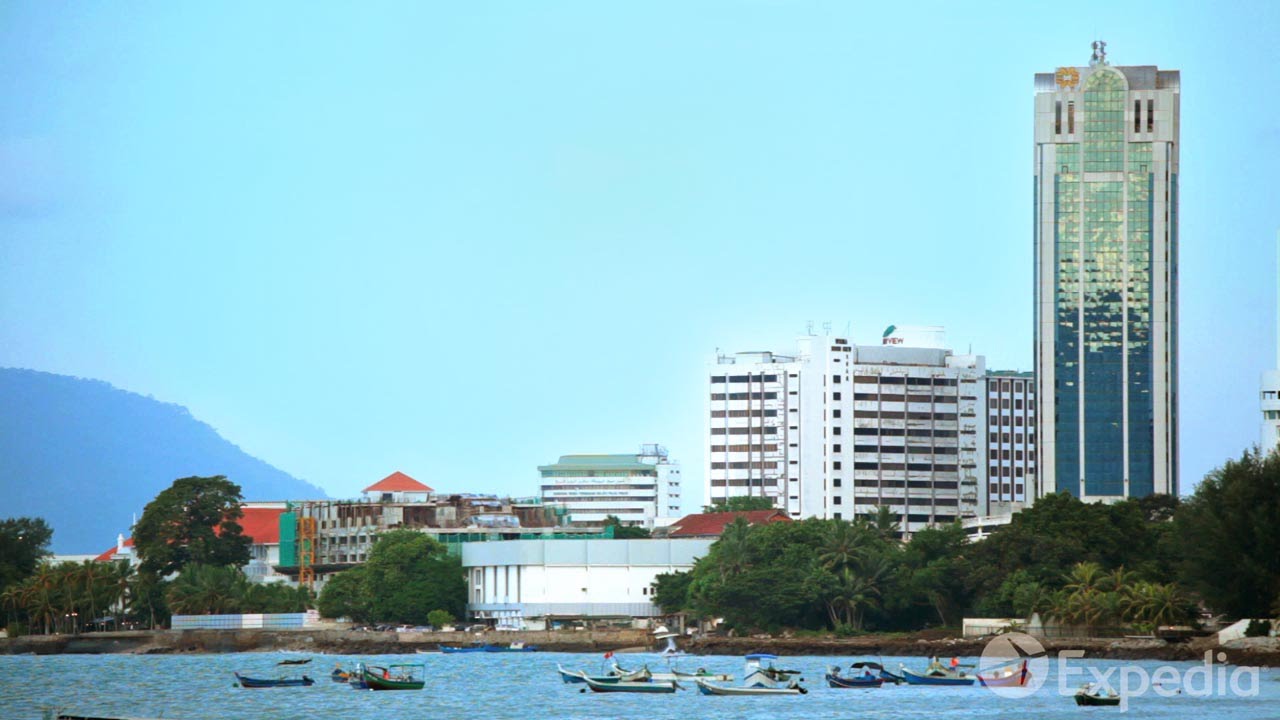Here’s our Essential Tokyo Travel Guide , giving you EVERYTHING you need to know to before you start your own …
You’re joining me in a very special city. Let’s start with my preconceptions: I expected Japan’s capital, and home to the world’s largest urban population to be over the top and really in your face, with neon lights and anime at every turn and I certainly wasn’t disappointed.
The streets are lined with towering, multi-storey buildings, each filled with mind bending department stores and arcades, offices to some of the world’s biggest brands and restaurants serving the best food you’ll ever taste. But despite all the apparent madness and chaos, spend a few days in Tokyo and it just makes
Sense. Here, efficiency is an art form. Japanese attention to detail is legendary, and it runs through everything, from food to public transport and urban planning. And yes, even the toilets. This trip was an educational and weirdly enlightening experience. I’ve been lucky to visit a lot
Of amazing places making these videos, but Tokyo is in a league of its own. So Tokyo, it’s big, it’s busy and it’s brilliant. As ever, let’s start with the airports. Flying from the UK you’ll come into one of Tokyo’s two major international airports,
Haneda or Narita. Of course, you don’t need me to tell you that Tokyo is a really long way away, direct flights from Europe will take a whopping 12 hours for the nine and a half thousand kilometre journey.
So you’ve got Haneda airport which is roughly 13 miles south of the city, and then you’ve got 50 miles east. Fortunately, both are really easy to get to noisy noisy Tokyo. Here’s what you need to know. From Haneda you have three main options, the airport limousine bus, a taxi or the monorail.
The airport limousine takes between 30 and 45 minutes, stopping at most major hotels in the centre of town, with prices increasing for the night service between midnight and 5am. A taxi should take about half an hour depending on traffic, with prices depending where you’re
Being dropped off. There’s also a 20% extra charge between 10pm and 5am. However the quickest option is the airport’s dedicated monorail. It’ll get you into Hamamatsucho station in 13 minutes and from here you can connect to the circular Yamanote metro line to reach other parts of the city.
The monorail runs between 9 and 7 on weekdays and then 9 to 5 on weekends and public holidays. That’s Haneda! Here’s what you need to know about Narita. Narita is a whopping 50 miles east of Tokyo, so all of your transport options are going
To take a while. The Airport Limousine bus and taxis runs from Narita but both will take anywhere between 90 minutes to 2 hours to reach central Tokyo. Instead, take the JR Narita Express. It’ll whisk into town in a little under an hour, and with this being
Japan, the trains are on time and super efficient. A word of warning about getting home; if you’re flight’s on a Sunday, make sure you check the train times because there’s a reduced service. Check your departure time, and then allow plenty of extra time to get to the airport.
I cannot stress enough how huge Tokyo is, so if you were planning on doing most of your sightseeing by foot, I’d give that a serious rethink. You’re going to need to use the metro, so here’s what you need to know.
The metro can be pretty daunting at first glance: for starters, just looking at the map alone could prove a little overwhelming to even the most seasoned traveller; AND to make things really complicated, it’s run by two separate companies – Tokyo Metro and
Toei Subway which can require two separate fares depending on which lines you use. It’s not all bad though – we’ve found easy solutions to travel better on the metro. The first thing to do is get yourself a tourist travel card. This means you won’t have to
Worry about which line you’re using as your card will cover them all. They’re available at the Tokyo Metro information centres in Ueno, Ginza, Shinjuku and Omotesando stations, as well as both airports and some hotels. You’ll need proof that you’re a tourist so make sure you have your passport with you.
Otherwise, single tickets are available at vending machines at every metro station. They have an English language option and you can search by station to make sure you purchase the appropriate ticket. They only accept credit cards when buying day passes, so make sure you have enough cash if you’re buying a single.
As well as making sure you have the right ticket type, there’s a few things you’re gonna need to know before venturing on the metro. No smoking and giving up priority seats are a given, however did you know you shouldn’t use your mobile? Ok, Texting and wifi is fine, but definitely no phone calls.
It can get very crowded so many services provide women only carriages during rush hour. …and speaking of rush hour… Avoid using the metro between 8 and 9 in the morning and 5 and 6 in the evening when it’s busiest. Another thing, don’t be fooled by the abundance of vending machines; you
Either eat there, or you take it with you but definitely do not eat on the carriage. As for navigation, good old City Mapper has been a godsend as ever. Why? Because I kid you not, the metro stations are absolutely mahoosive. The great thing is, City Mapper tells you exactly where
You need to get off and at what stop and at what exit. So that’s the metro, next taxis. They’re absolutely everywhere in Tokyo. They start at ¥710 and have a surcharge after 10pm, so watch out for that. Taxi doors are automatic
And will open and close by themselves, which can be really surprising for the first time you use a taxi here in Tokyo. It’s also worth mentioning that your driver is unlikely to speak English, so try to have addresses printed in Japanese for them.
So that’s the transport covered. Next up is my favourite: the food! Take it from me, the food in Tokyo doesn’t just rival any other city, it completely surpasses them. In 2017, for the 10th year running, Tokyo was voted the most Michelin stars of
Any other city on the planet. That’s more than London, Paris and New York combined. And it’s not just the fancy high-end restaurants either. Just about all the food I had in Tokyo was of exceptional quality, right down to a quick bite in a department store. The quality
Of the ingredients and the attention to detail in the preparation is unlike any other city I’ve visited. So to learn more about how to eat like a local, I met up with tour guide and translator Ayako Furuya in Harajuku.
While waiting for our food to arrive, I got a quick lesson in how to correctly use chopsticks, a vital skill for anyone visiting Japan. Like that? Ok, so it practice. Ok, because I can’t use them. So. I’m sorry, I’m left handed, but, so, please hold your one stick with your, so, two fingers.
So like that? Yes like holding a pen. Yes. And add another chopstick like a pen too. Yep. So, please move… This side, like this side. Please move only upper part. Yes! With chopsticks fully mastered it was on to our main course of soba noodles.
So we ordered different types of soba noodles. So yours is hot broth, hot soup. Smells lovely! Yes, and so this is duck meat. And mine is very cold one. Ok. It’s very special for you, maybe! And with sesame sauce, like this. This is dipping sauce. Oh ok.
While Aya’s choice of cold noodles wasn’t tempting me, it’s a popular choice in summer. My dish of hot noodles with duck meat was delicious, and as Aya pointed out, make sure to slurp loudly as a sign of appreciation. So you kind of slurp them?
Oh yes, yes, thank you for asking. In Japan, when people eat noodles, so making sound, they’re always making sound. So it’s a sign of it’s delicious. Oh lovely! So please try to slurp noodles. Make as much noise as possible! Yes! Ok. That’s perfect! Oh that’s really tasty.
So huge thanks to Aya, we’ll catch up with her later to learn some basic Japanese, but now we’re going to take a look at some of the different districts of Tokyo. Tokyo’s big, we’ve already established that. It’s made up of 23 wards, where each
Ward is then divided into a smaller district, and then each one is different from the last. Now, there’s no way I’ve got enough time in this video to talk you through them all, so I’m just gonna go through some of my favourites.
Akihabara is best known for it’s electric town, a mecca for local otaku, video game lovers and anime fans the world over. To the north-east of Akihabara is Asakusa, a district of Taito. It’s most known among travellers for the giant Sensoji temple, Tokyo’s oldest and an absolute beauty.
Ginza is the place to go if you have some serious cash to burn – with up-market shopping malls and flagship department stores, not to mention boutiques, art galleries and high-end restaurants, you’ll have no problem spending a small fortune.
A short walk from Ginza is the legendary Tsukiji Fish Market. In my opinion this is THE place in Tokyo to go for sushi and fresh fish. However, a note of warning; the market is due to be relocated in Autumn 2018 so do check online before planning your visit.
Shibuya is home of the iconic Shibuya Crossing, and is an important centre of youth culture and fashion. Harajuku is a district of Shibuya and extreme cultural Mecca, not only to the youngest and trendiest of Japan’s residents, but the rest of the world.
Shinjuku is Tokyo at its finest and is the largest of the districts that make up the city proper. There are: skyscrapers, neon lights, giant Godzilla statues, labyrinthine department stores, businesses, cat cafes, a massive park, arcades, a VR theme park and
The concentrated craziness of the Robot Restaurant, Shinjuku has it all. And my top tip is to head to Memory Lane for the best Yakitori in town. So those are my favourites. Next up, time to learn some Japanese. Communication can be a big concern for tourists heading to Japan. The language is very different
To those in Europe and Japanese script is indecipherable for us westerners. Confusingly, there are several different versions of written Japanese, with the most common being traditional Hiragana and the Chinese-influenced Kanji. Signs have translations into English and romaji, which is Japanese written with familiar Roman
Characters. The great thing about romaji is that it’s phonetic; say it how you see it making sure to pronounce all the vowels and keep your intonation flat. For example; Shin-ju-ku, Na-ri-ta, Shin-zo A-be and Eda-ma-me beans. Now of course, English isn’t widely spoken and learning a little Japanese will go a long
Way, with locals always appreciating the effort. After touring Harajuku, we sat down with Aya again, to get to grips with some Japanese basics. It’s terrible! So I thought maybe we could start with some basics. How do I say hello? It’s konnichiwa. Konnichiwa
Another one, I’ve been bumping into a lot of people and I don’t know how to say sorry or pardon or excuse me! Ah that’s a very useful one we can use! It’s just say sumimasen Sumimasen. Ok! How do I tell someone my name is Dan? Ah so, Watashi wa Dan desu.
What about yes and no. Yes is hai. Hai. Hai. Hai. No is Īe. Īe. Īe. Īe. So when in a restaurant, how do I ask for the receipt or the bill? Ah so, we say okaikei. okaikei. Okaikei. Also in the restaurant, how do I ask for a table for two?
Ah so, just say futari. Sorry what was that again? Futari. Futari. Futari means two people. Oh futari. Oh ok! How do I say thank you? It’s very easy. It’s arigatō. Arigatō. Ok, you were saying earlier there was like a bit on the end. Arigatō… …gozaimasu. Gozaimasu. Arigatō gozaimasu. What does that mean?
So the longer phrase is more polite expression, like the difference between thank you and thank you very much. Oh ok! So shall we talk about bowing? Yes! Ok, so there’s varying degrees? Yes, the meaning is totally different from degrees. So I shall so you an example. Should I stand as well? Yes.
So in business situations, when two people meet, we bow shallowly like this, 30 degrees. 30 degrees. Yes. So, nice to meet you. Nice to meet you too! So, 60 degrees, middle one. So when we express thanks to someone, so like thank you very much. Thank you! Yes. Thank you very much!
And there was a third one? Yes, the third one is a very serious one. It’s 90 degrees. 90 degrees. Yes. Ok. So, can you imagine, in which situation people use this bow? Probably when you’ve done something really wrong? So you’re like “I’m so sorry!” Yes! To apologise. Ok. Yes, like “I’m very sorry!”
Aya, thank you so much for showing us the ropes in Tokyo. If you’d like to book a walking tour with her, visit her website here. Next, money. Currency here is the Japanese yen where £1 buys between 140 and 150. Now, despite Tokyo’s
Love of everything futuristic and technological, it’s still a heavily cash reliant city, favouring coins and notes over your credit and debit cards, this has proven to be a bit tricky. My advice? Once you’ve checked the exchanged rate, worked out your budget, bring the whole lot in cash.
You need to know that ATMs can be found at post offices, 7-Eleven stores and JP Post Banks, though they generally close at 9pm or earlier and may not be available at weekends or national holidays – so plan ahead. Fortunately, some convenience stores and shopping centres are available 24/7.
Now, at the risk of sounding stingy, I love Japan because you just don’t have to tip, it’s not done here which is fantastic. Why? Because leaving a tip is seen as being charitable rather than generous, and it’s just massively insulting. So don’t do it!
One of the great things about Tokyo is its distinct lack of street crime. so don’t worry about taking your spending money around with you. This includes your spending money. Obviously don’t be stupid with it, and take more care in areas such as the Kabukicho
Red light district in Shinjuku, but in general there’s far less to worry about here than almost any other city on Earth. In fact, Tokyo placed first in The Economist’s Safe City Index in 2017. And is Tokyo expensive? In a word, yes. However for those of us used to prices in London,
Paris or New York, then Tokyo shouldn’t hold too many surprises. Here’s a look at our costs during our stay. My stay at the beautiful Heathrow Hilton T4 before my flight was £215. Flights should cost around £650 return from London to Tokyo. Worldwide travel insurance with Holiday Extras was £16.
Our 3 bedroom apartment in Shinjuku was £205 per night. Entry to the crazy robot restaurant was 8000 yen per person. Entry to the Shinjuku VR Zone with four games was 4000 yen each. And weekday entry to cat cafe was 1000 yen for 60 minutes.
If you want to check conversion rates, go to xe.com or download the app. As my time in Tokyo comes to an end, don’t forget to subscribe as we have loads more exciting travel content to come. So that’s it for Tokyo, it’s been awesome. I cannot lie, it’s busy, it’s brash, it’s
Noisy, it’s super loud but it’s also colourful, vibrant, really really humble. The people are wonderful, they are so friendly and so polite. But as always with these trips, I’ve gotta hone in on the food, it’s spectacular! Get yourselves here, get some ramen and just have an amazing time exploring Tokyo, do it!


